Author: French Fries
When it comes to Germany, many people’s first reaction is strictness, technicality, and an industrial powerhouse. In this regard, the German automobile industry has contributed greatly, with numerous world-class international automobile brands, earning them the title of “German cars”, an independent faction.
Of course, these are all legends from the era of combustion engines. As we enter the age of electric mobility, German cars no longer seem to lead the way, so how will the Germans, who have been spoiled by German cars for so long, view the competition among electric cars today?
In response to this question, ADAC, the largest automobile association in Europe, recently gave a representative answer for the issue of “sporty electric sedans.”
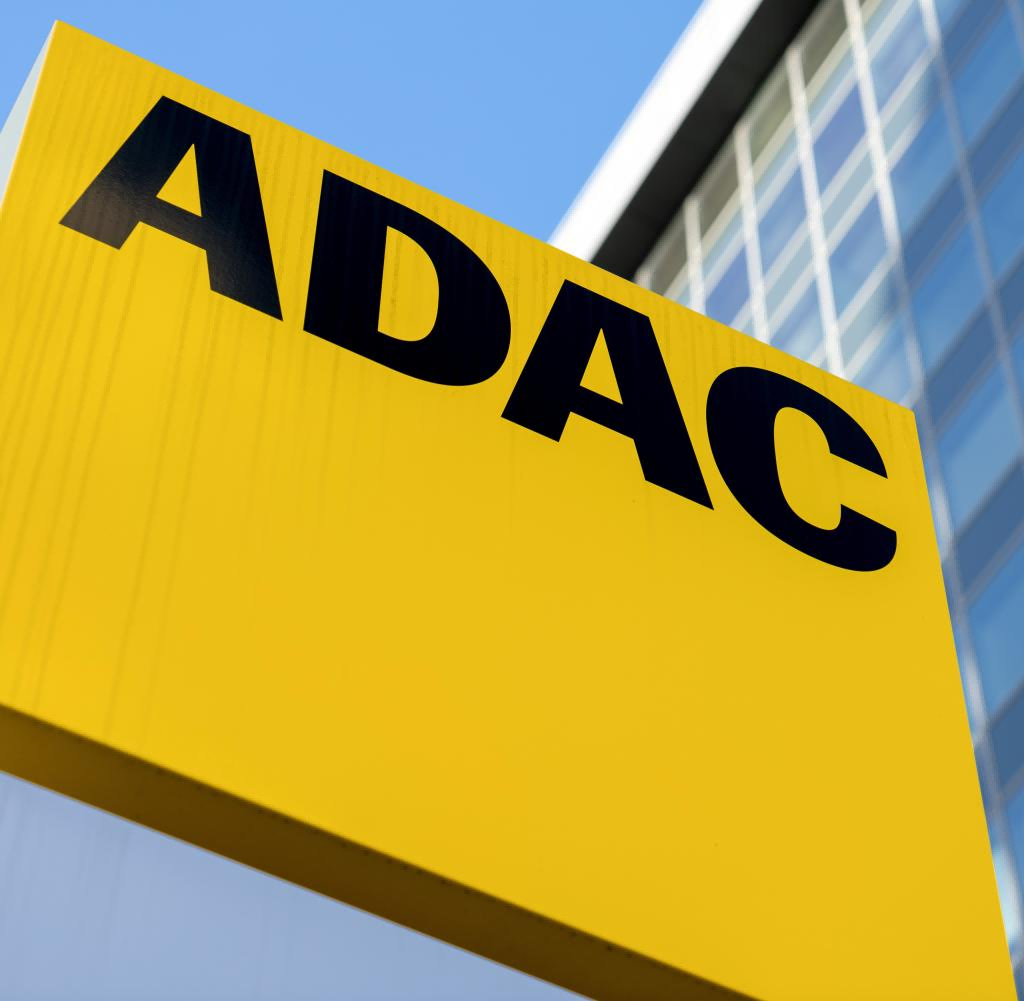
Picky Germans chose the Polestar 2, BMW i4, and Tesla Model 3 as the final contenders in the competition. In my opinion, these are currently the three most driving pleasure-oriented pure electric sedans under limited budget conditions.
Round 1: Power – Polestar 2 Takes the Lead
For cars, especially sporty sedans, power is always the top priority pursuit.
If you have some knowledge of electric cars, you will not have any complaints about the power of the three vehicles. Tesla, BMW, and Polestar revealed a common signal with parameters of 275, 340, and 408 horsepower respectively: “a sports car’s heart in a four-door sedan body” era has arrived.
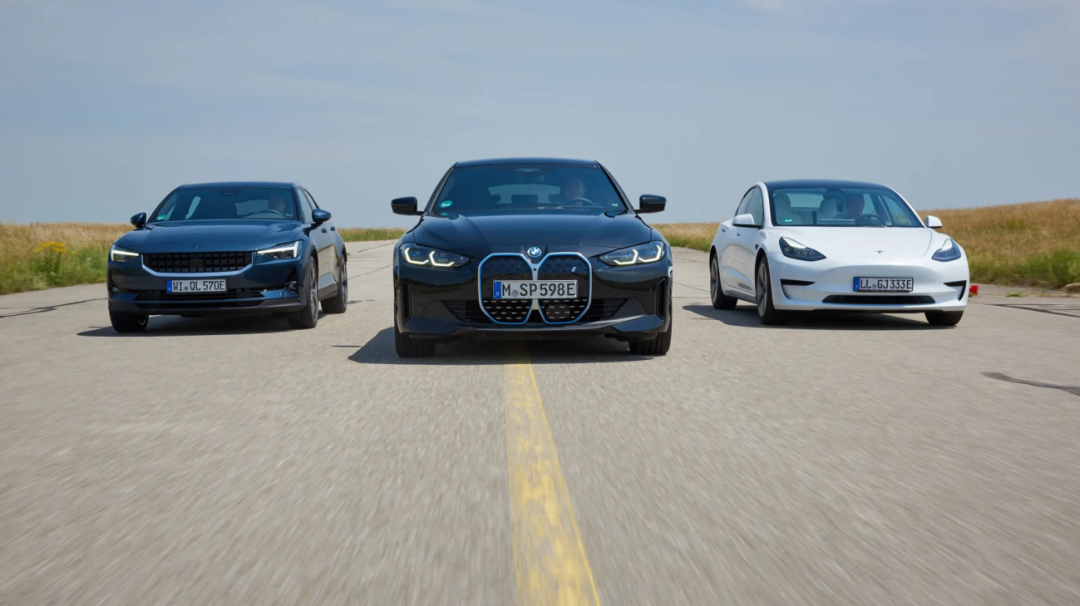
In terms of absolute power parameters, the acceleration performance of these three vehicles will not disappoint you – the moment you step on the accelerator, all passengers in the car will be firmly pressed against their seats.
Looking at the data on paper, whether it is the Polestar’s 4.7 seconds, BMW’s 5.7 seconds, or Tesla’s 6.1 seconds from 0 to 100 km/h, it is not that important. Because no matter which car it is, passing large trucks on the road is an easy and comfortable task. As we all know, the faster you pass a truck, the safer it becomes.“`
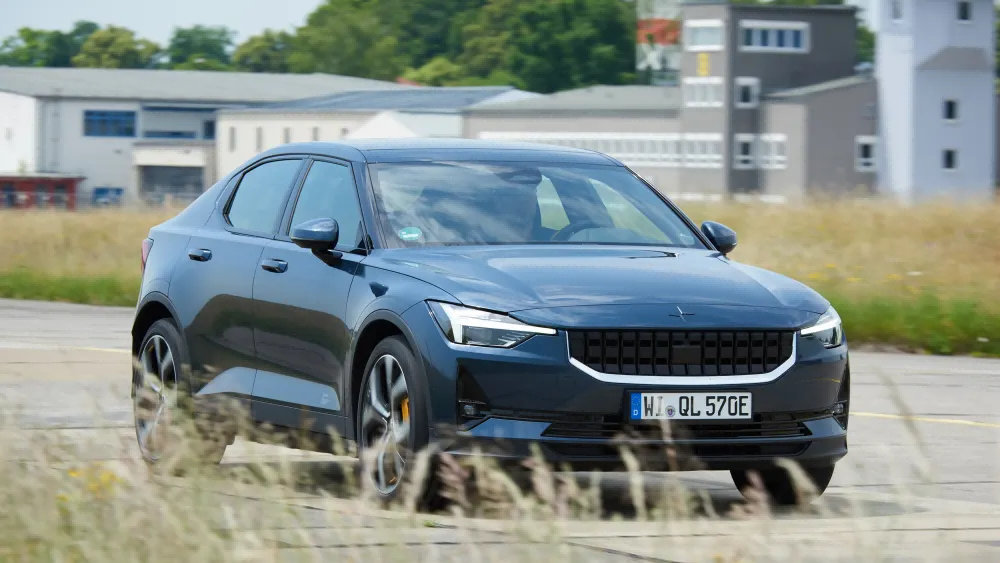
To refine the safety of the three cars, ADAC conducted extra tests, and the acceleration time for all three cars from 60 km/h to 100 km/h was around 3 seconds. As the most powerful car in this group and the only all-wheel-drive model, Polestar 2 showed greater advantage with a time of 2.5 seconds in this category.
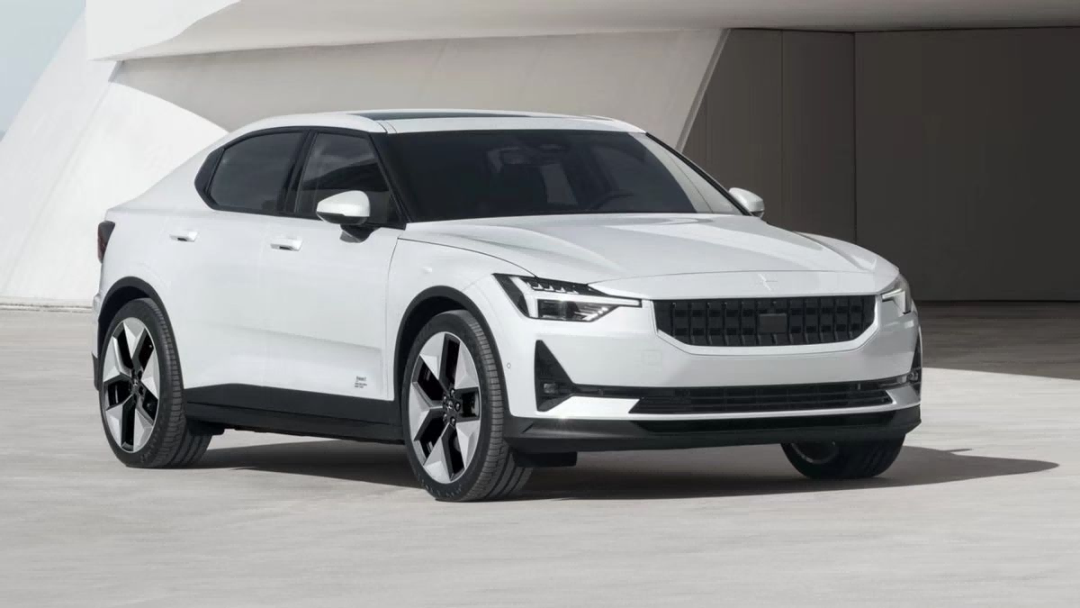
Objectively speaking, the electric motor is better than any internal combustion engine in terms of smoothness, responsiveness and controllability. It’s just that some people might feel less passionate because the electric motor is almost completely silent and vibration-free. ADAC believes that their power is impeccable, and therefore, all three cars received full marks in this category.
Round 2: Handling, BMW still is the king
Unfortunately, the power performance could not differentiate the three cars, but they were more distinct in handling.
From testing and actual experience, BMW i4 provided the most balanced suspension comfort, the smoothest steering system, and an extremely responsive traction control system, combined with comfortable sports seats and the lowest interior noise level so far. Driving a rear-wheel drive car like i4 is simply a joy.
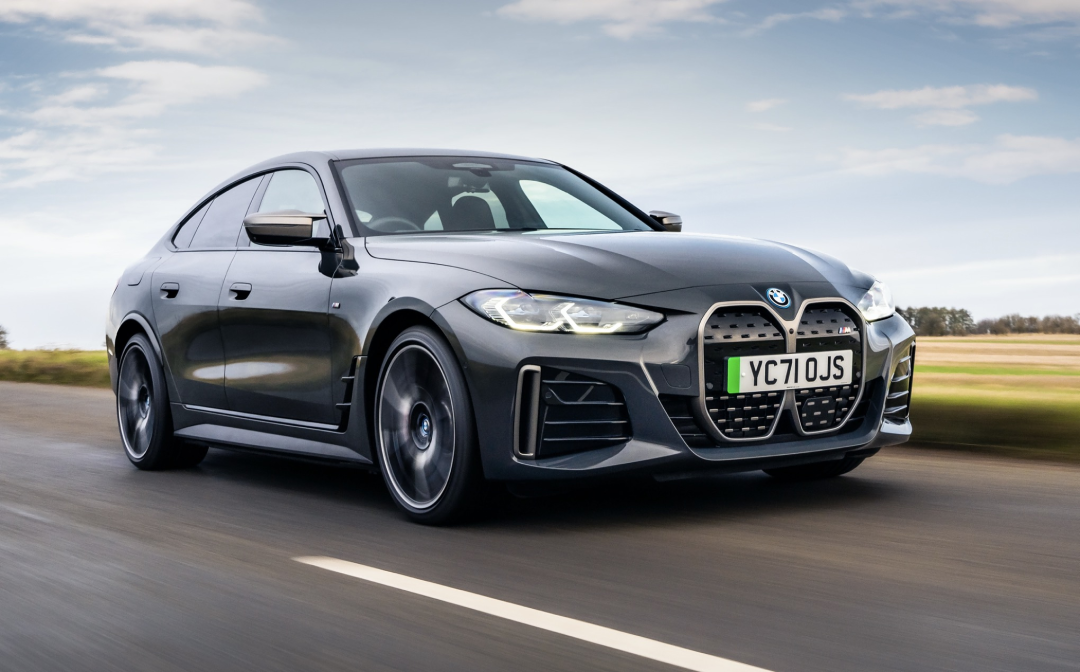
However, the suspension feedback of Polestar 2 and Tesla Model 3 is noticeably inferior to that of BMW i4, which is too hard, coupled with a high tire pressure of 3.0Bar, making the driving experience on bumpy urban roads hard to describe.
But from another perspective, the hard suspension provides both cars with excellent cornering performance. This was also confirmed in ADAC’s cornering tests. Compared with the BMW i4, these two cars achieved higher cornering speeds. Especially the Model 3, with its very direct steering gear ratio, driving it is like driving a go-kart. It can pass corners with the smallest turning angle and roll angle, and it was the fastest car in this group of tests.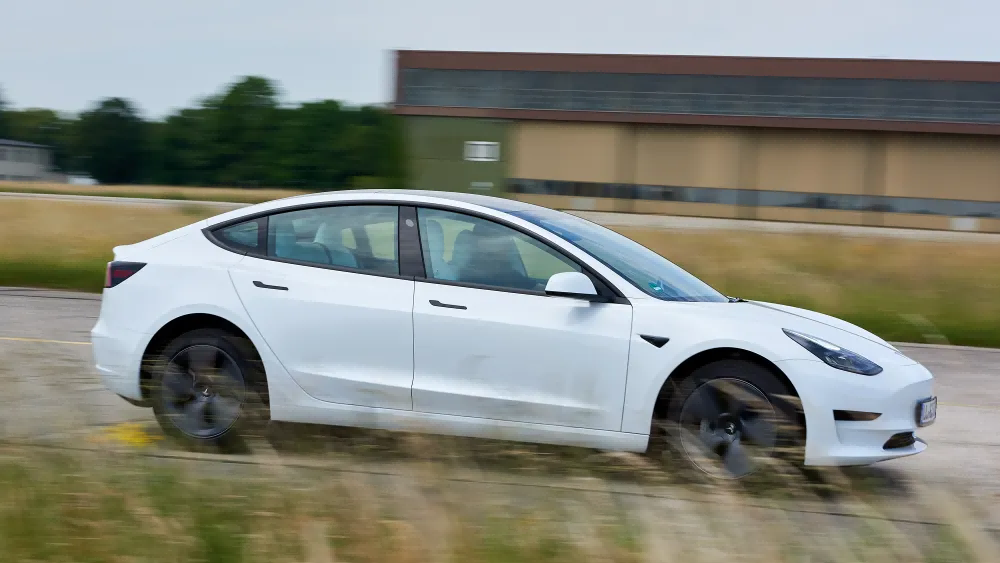
The performance is actually benefiting from the low gross weight. The weight of Tesla Model 3 is 1770kg, which is about 350kg lighter than the BMW i4 and 400kg lighter than the Polestar 2. However, the advantage of Polestar 2 is that as the only four-wheel drive model in this test, it can drive further on wet and slippery roads when i4 and Model 3 experience rear wheel slip. i4 and Model 3 can only have a four-wheel drive model in higher configurations.
Round 3: Space and Interaction, Tesla is the simplest
The interior space of these three cars is almost the same. The headroom in the rear seats becomes very tight when encountering passengers who are 1.85 meters or taller.
Polestar 2 seems more crowded than the actual situation due to its heavy center console and high side window lines.
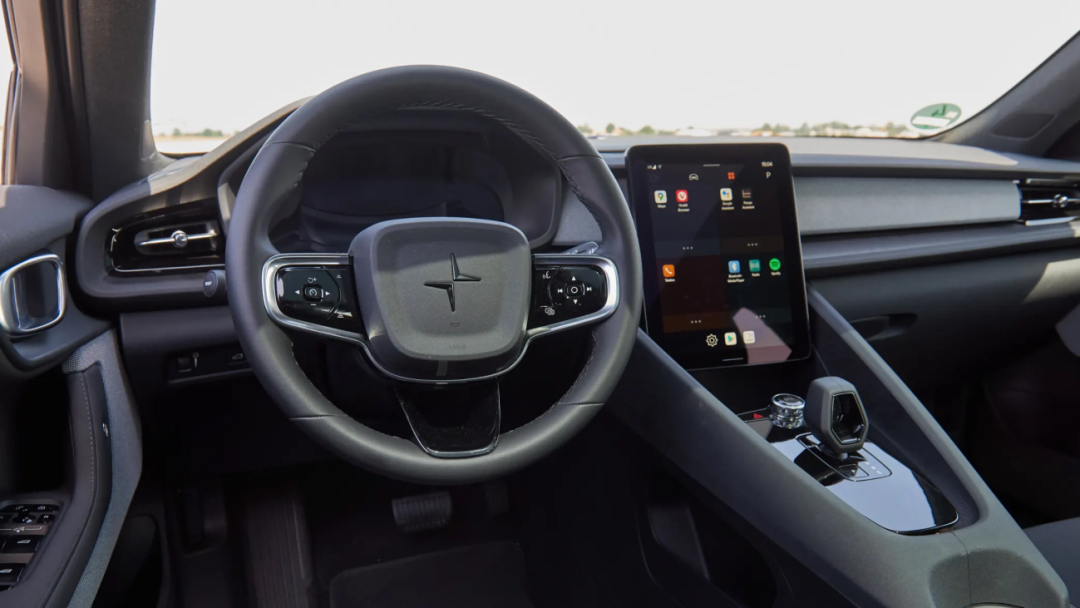
On the other hand, Model 3 impresses with its large windshield, standard panoramic roof, and flat dashboard, providing a more transparent impression. This can be counted as the return brought by the minimalist interior style. However, this return comes at the cost of sacrificing operational convenience.
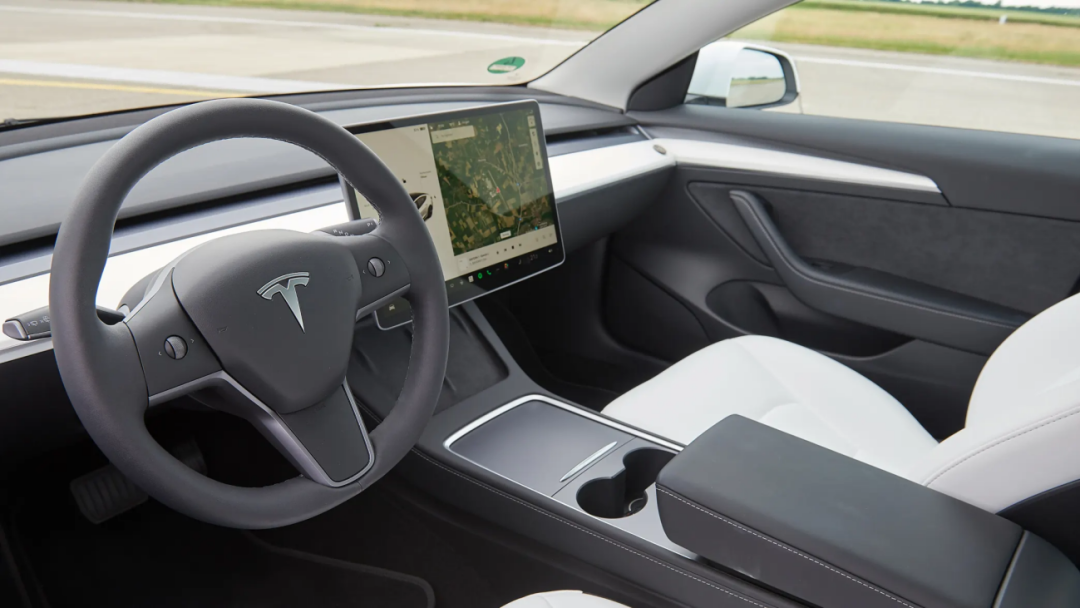
There is a liquid crystal display in front of the driver’s seat for BMW i4 and Polestar 2, but Tesla drivers can only see a blank space in that position. Americans have inherited all displays and functions on the central touch screen. Unfortunately, this even includes safety-related features such as headlight control. Tesla’s approach to simplifying the number of physical buttons in ADAC’s view is obviously too extreme.
Polestar and BMW can at least provide more direct operations through some physical buttons, and the LCD instrument panel behind the steering wheel can also provide important parameters related to driving. Regrettably, they also save a separate air conditioning control panel. In this respect, BMW i4 has some advantages, after all, it can control the central screen through gesture operation, and the iDrive joystick next to the gear lever also provides an additional control option.Translated English Markdown Text with HTML tags:
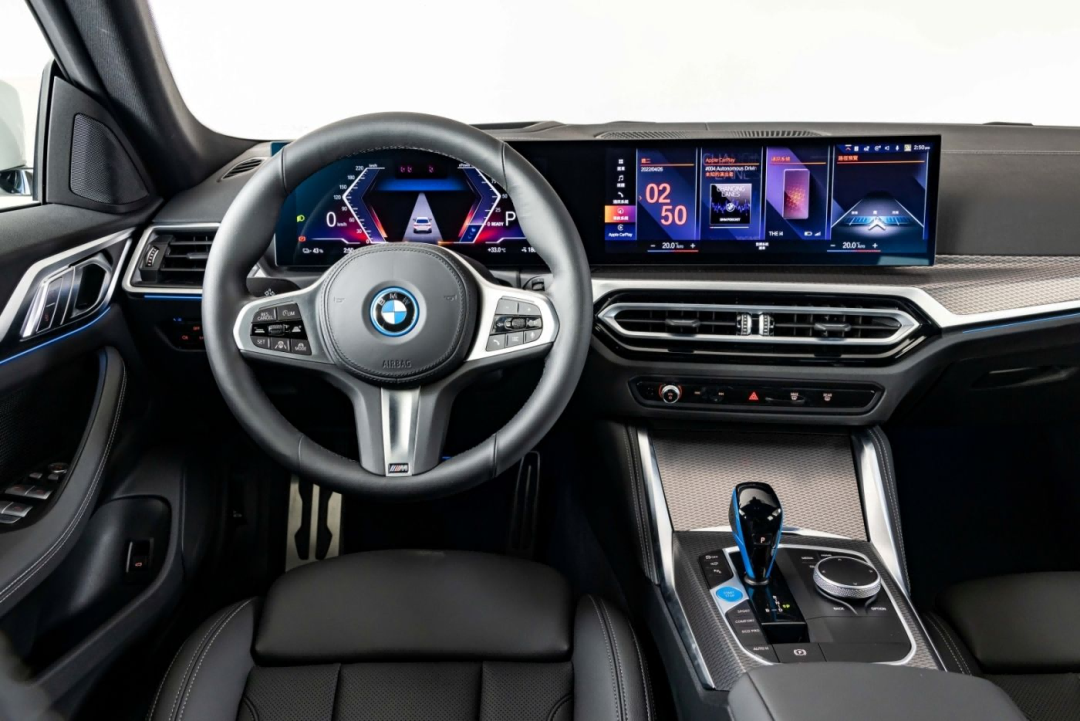
The infotainment system of Polestar 2 is based on Google’s Android system, which not only provides reliable map guidance but also has a clear menu structure and convenient touch controls.
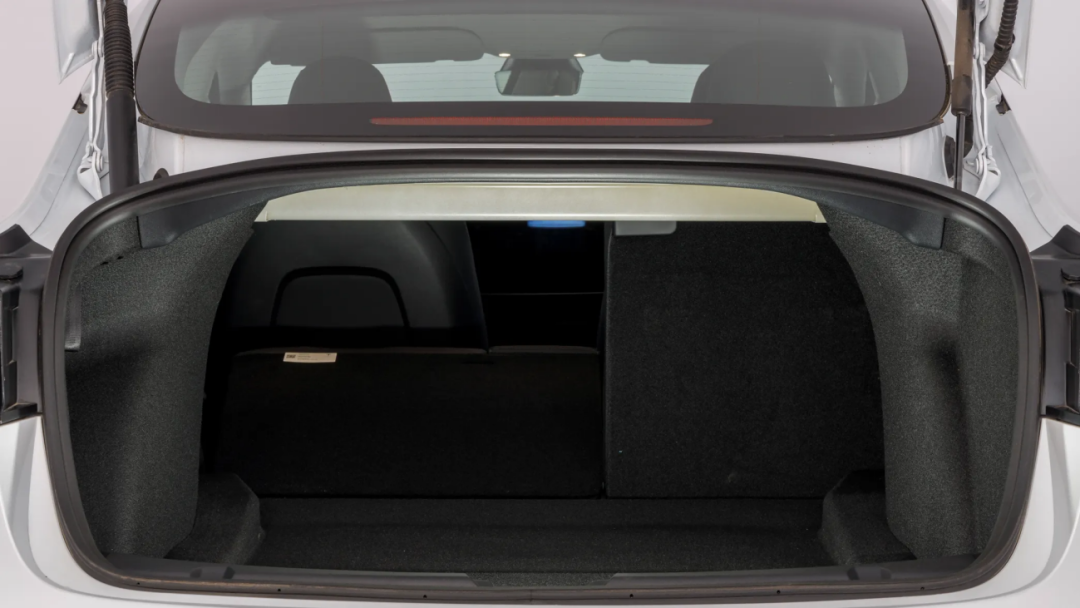
Let’s talk about the trunk again. Both the BMW i4 and Polestar 2 are equipped with liftback tailgates. In comparison, the small tailgate of the Tesla Model 3 is almost meaningless. However, BMW’s disadvantage is that it lacks a front trunk compared to Tesla and Polestar.
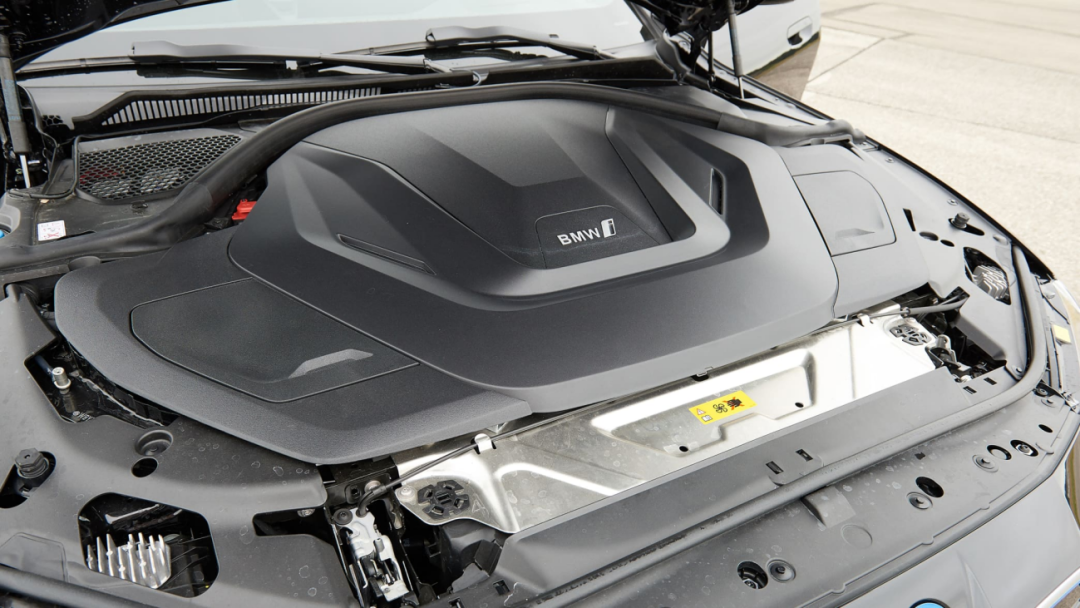
In addition, all three electric cars can be equipped with a tow hitch. The Tesla Model 3 can pull a maximum of one ton of trailer, while Polestar and BMW can tow 1.5 tons and 1.6 tons respectively.
Round 4: Energy Consumption and Range, BMW Narrowly Wins
As one of the most important performance indicators for electric vehicles, the range actually depends on two main factors: motor power consumption and battery capacity.
Therefore, we can obtain a very clear qualitative relationship. If an electric vehicle has both low energy consumption and a large battery, it naturally has excellent range.
Among these three cars, BMW i4 clearly meets these two points better. With an 84 kWh battery pack and energy consumption of 19.5 kWh/100km in the ADAC Ecotest standard, the i4 has a range of 490 km. This is a very impressive result and is enough to cure i4 owners’ range anxiety. Of course, everyone should still remember the two biggest killers of electric vehicle range: high-speed driving and low temperatures, which will reduce the range of electric vehicles.
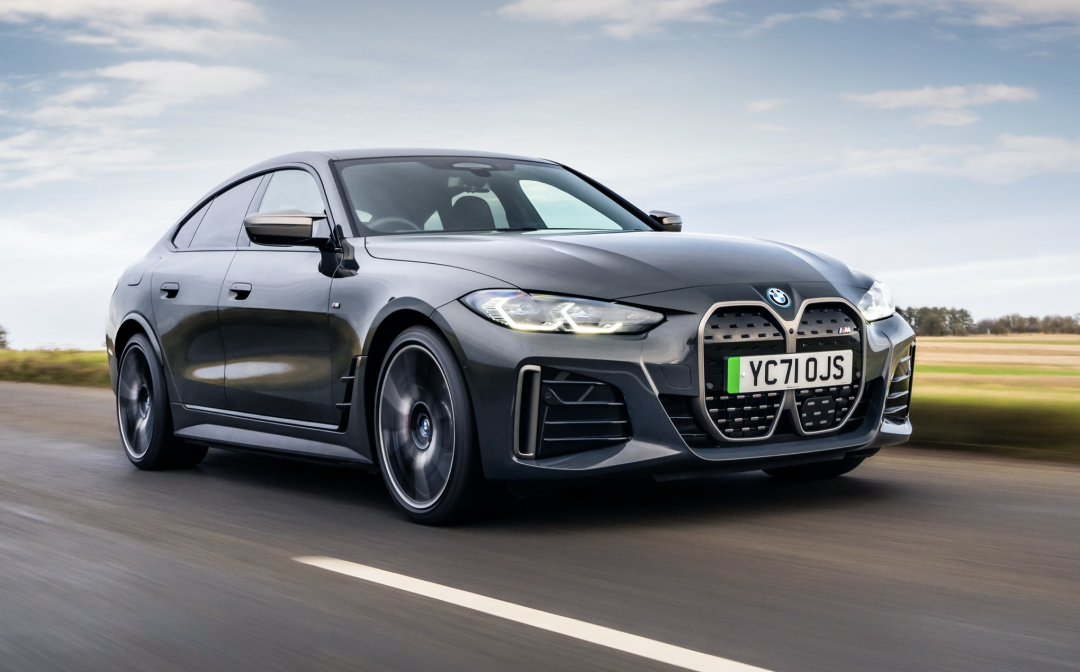 The Polestar 2 is equipped with a 75kWh battery pack, which is not much smaller but its dual motors make it the highest energy-consuming among the three cars. With an energy consumption of 22.3kWh/100km, it reaches the charging station 100km earlier than the BMW i4.
The Polestar 2 is equipped with a 75kWh battery pack, which is not much smaller but its dual motors make it the highest energy-consuming among the three cars. With an energy consumption of 22.3kWh/100km, it reaches the charging station 100km earlier than the BMW i4.
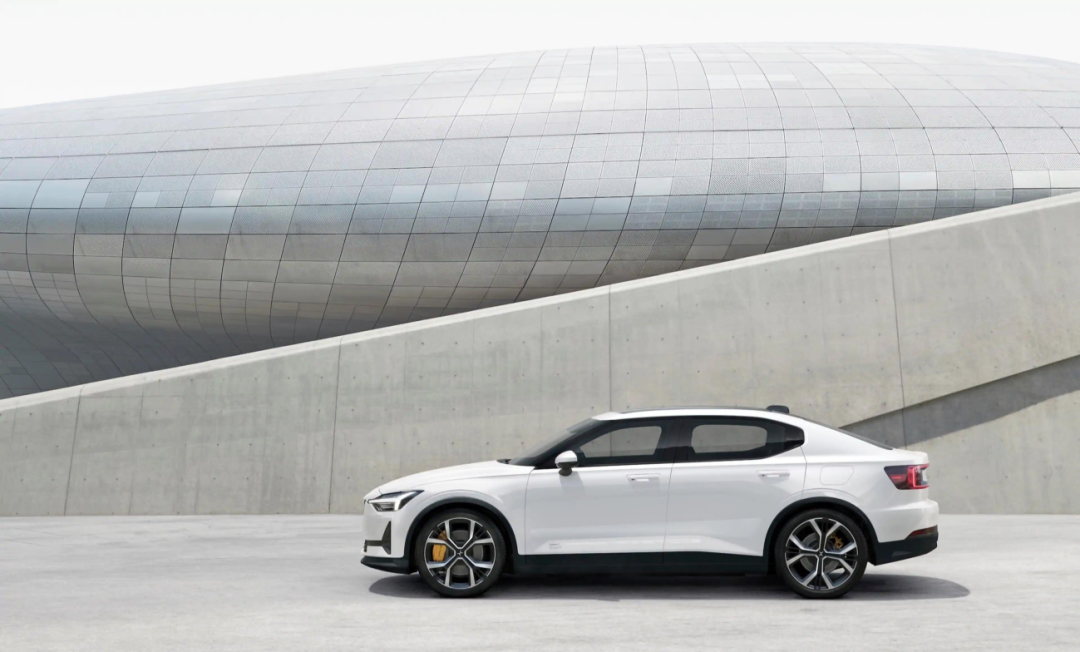
As for the Model 3, the entry-level version comes with a relatively smaller battery pack of 60kWh, but this does not put it at a major disadvantage as it achieves a super low energy consumption of 16.8kWh/100km thanks to the Americans. In the Ecotest range test conducted by ADAC, the Model 3 achieved a range of 415km. It also proves that as long as the energy consumption is low enough, a smaller battery can still run a long distance.

Round 5: Charging, Tesla’s advantage is obvious
If you ask who charges the fastest among these three cars, the BMW i4 should get a small red flower. It can replenish 370km of range in 30 minutes, while the Tesla Model 3 is 350km and the Polestar 2 is 295km.
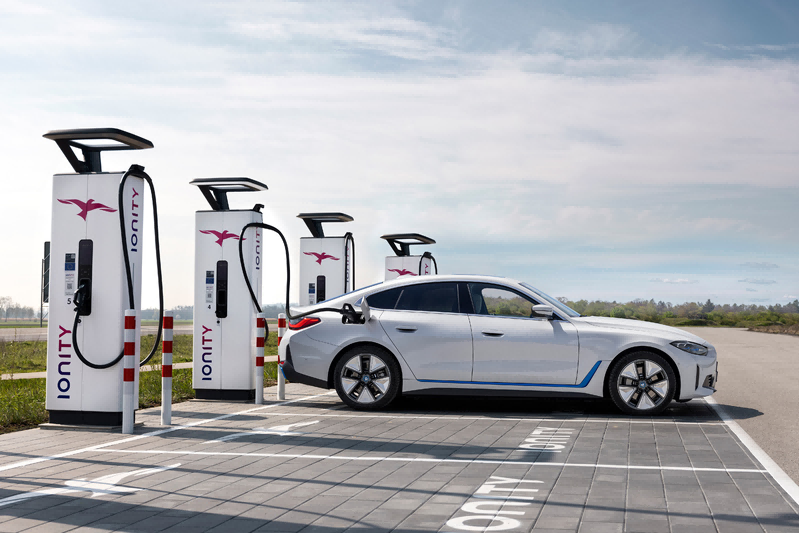
In addition, ADAC also tested the average charging power from 10% to 80% for the three cars, where BMW i4 is 133kW, Model 3 is 106kW, and Polestar 2 is 110kW.
Tesla’s advantage lies in actual use. In addition to public third-party charging stations, the Model 3 can also charge at Tesla’s own supercharging stations. Currently, Tesla has built around 875 charging stations in Europe. Especially during long-distance travel, these self-built supercharging stations provide Tesla drivers with more choices.“`
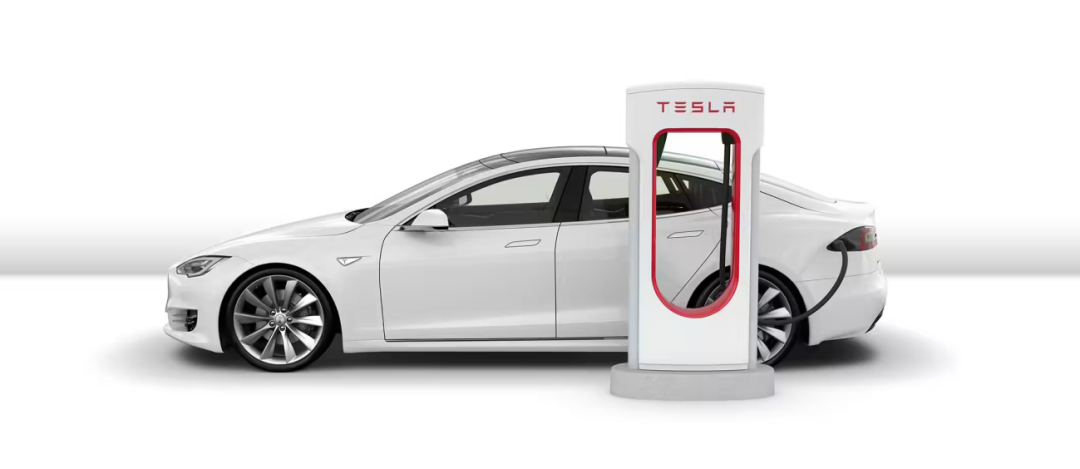
Based on its extensive energy supplement resources, Tesla has also raised the bar with its route planning technology. On this front, while BMW and Polestar are both making an effort, they have both taken the time to teach their cars intelligent route planning, but still there are some gaps present in their usage experience when compared to Tesla.
Conclusion
After multiple tests, the BMW i4 eDrive40 won by a small margin with 1.8 points in the ADAC assessment system, surpassing the Tesla Model 3 and Polestar 2.
In ADAC’s eyes, the Bavarians have combined the advantages of the BMW 4 series and the high-performance of electric drives very well. Most importantly, this four-door coupe also has good driving comfort and long-distance driving capabilities.
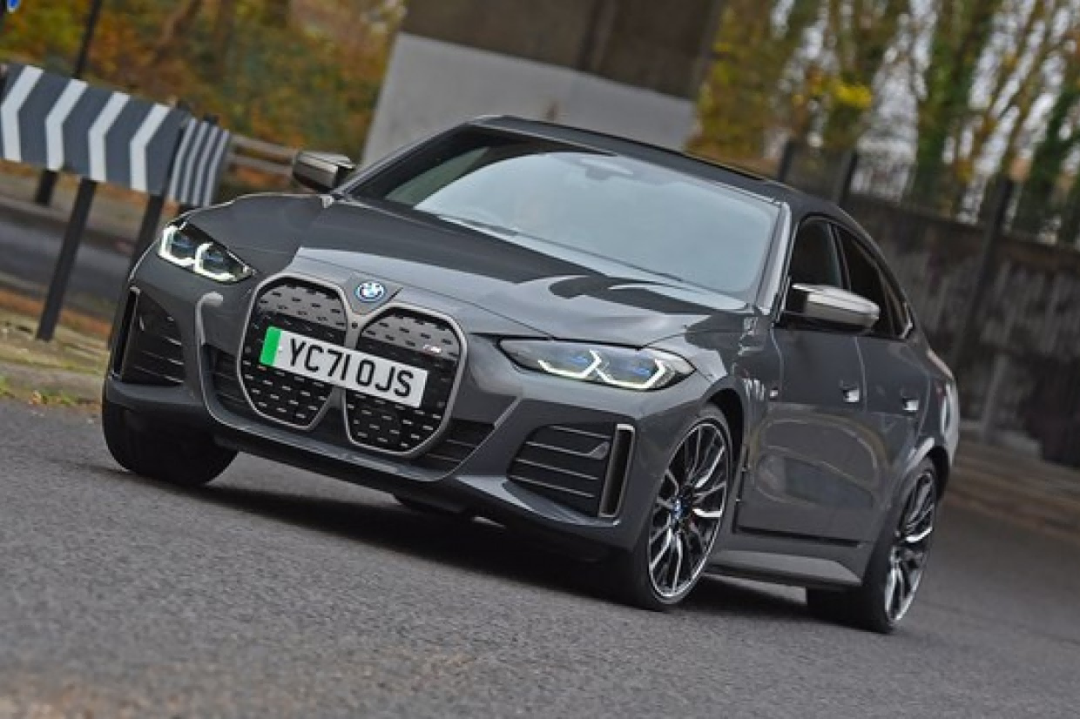
Tesla and Polestar are tied in second place with a score of 2.0.
The advantage of the Model 3 lies in its extremely low energy consumption and a widely covered supercharging network. These two advantages are very useful for long-distance electric vehicle travel. However, it has relatively poor driving comfort, and as Tesla has integrated most of the functions into the touchscreen, drivers have to take their attention away from driving and focus on the touchscreen to carry out the corresponding functions, which poses certain safety risks.
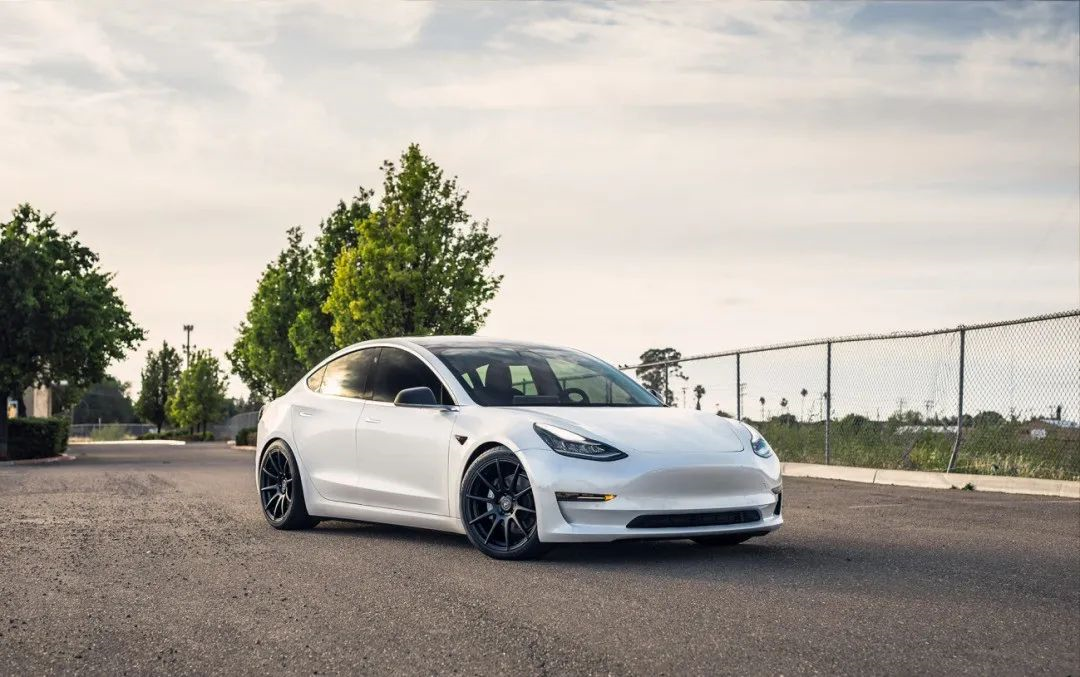
The Polestar 2 long-range dual-motor version is also a convincing electric car. Its 408 horsepower makes it superior to its two competitors, and its driving performance is also unique among similar products. However, its energy consumption performance still lags behind its competitors. In addition, the Polestar 2 also has a rear-wheel-drive model, where 231 horsepower greatly increases its efficiency and extends its cruising range. The Ecotest energy consumption test score was 18.5kWh/100km, with lower energy consumption making it possible to travel 480 km.
“`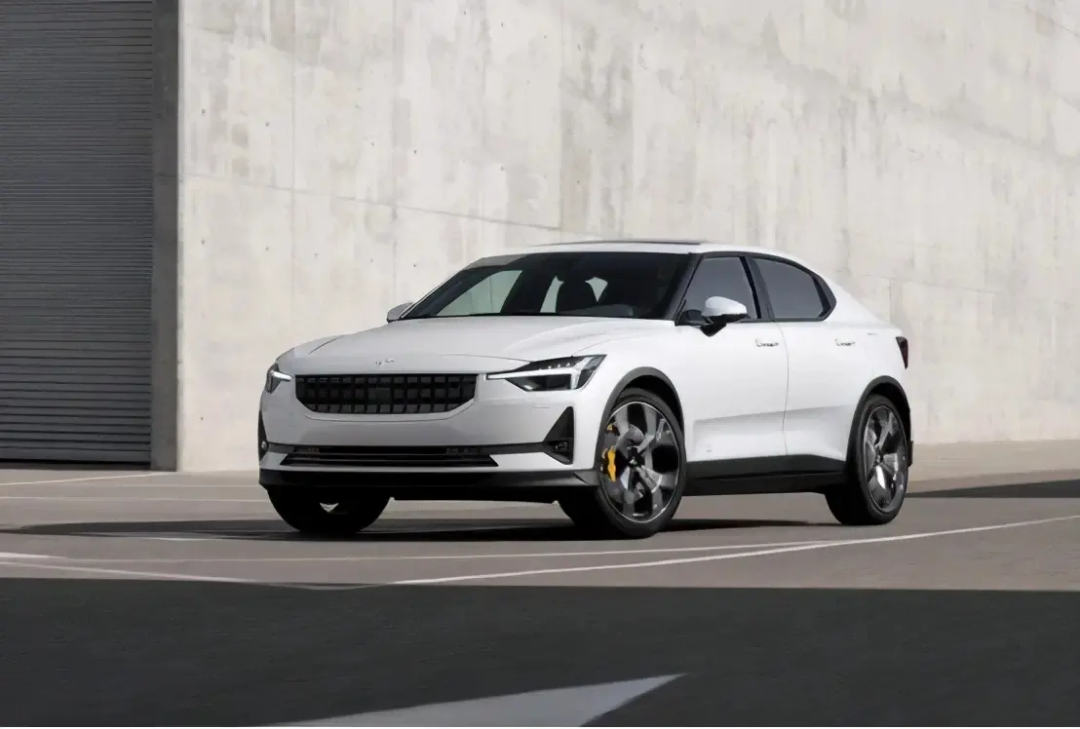
However, as shown by fractions with very small differences, there is no loser in this competition.
ADAC believes that all three electric cars are worth recommending, and there are no major drawbacks, just differences in choices from different manufacturers for their respective products.
As for which one to choose, it depends on whether you value acceleration, handling, range, interaction, or charging experience.
-END-
This article is a translation by ChatGPT of a Chinese report from 42HOW. If you have any questions about it, please email bd@42how.com.
